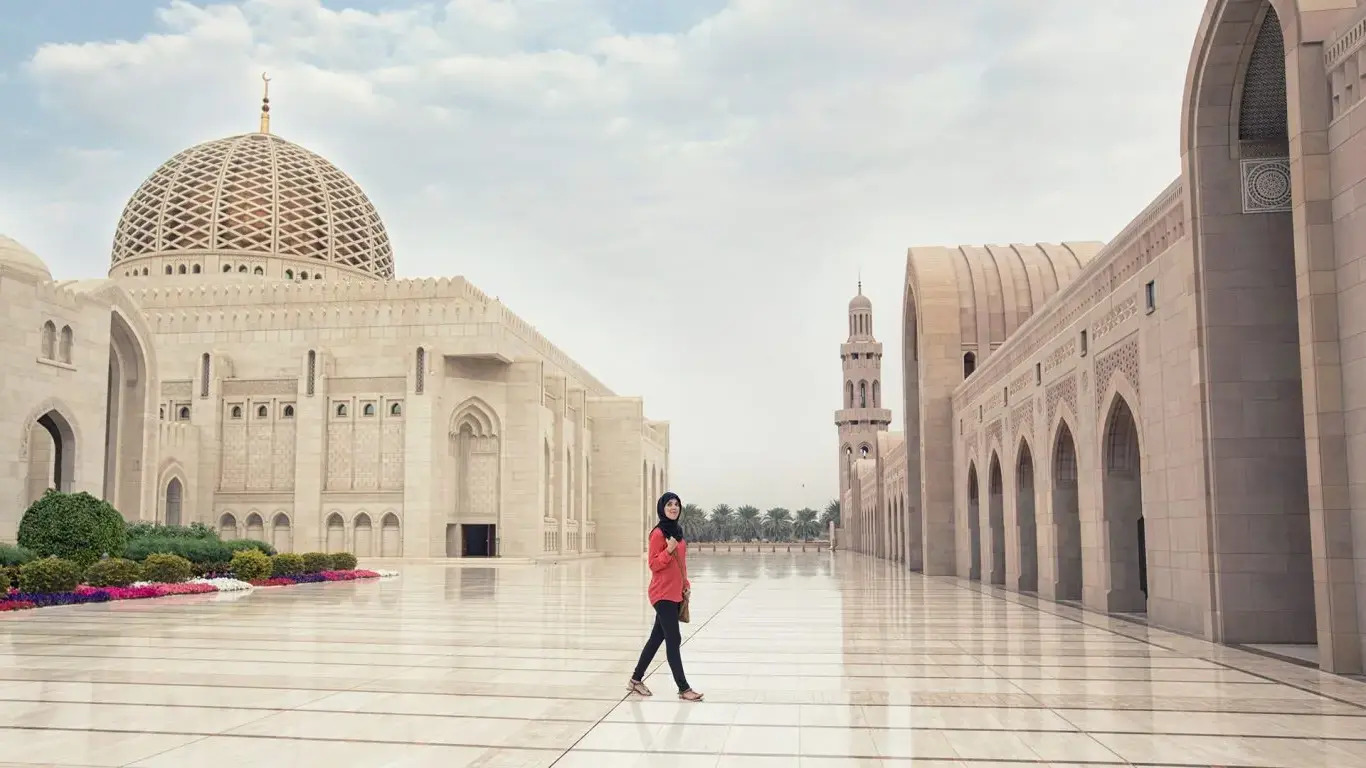Unlocking The Secrets Of Oman Through Its Architecture

Have you ever wondered what makes Oman such a unique destination? One of the best ways to understand this fascinating country is through its architecture. From ancient forts to modern mosques, Oman's buildings tell stories of its rich history and culture. The architecture in Oman reflects a blend of influences, including Persian, Indian, and African styles. This mix creates a visual feast for anyone interested in design or history. Whether you're exploring the bustling streets of Muscat or the serene landscapes of Nizwa, you'll find that each structure has its own tale to tell. Ready to dive into the world of Omani architecture? Let's get started!
The Grandeur of Sultan Qaboos Grand Mosque
Oman's architecture tells stories of its rich history, culture, and traditions. One of the most iconic structures is the Sultan Qaboos Grand Mosque. This architectural marvel showcases intricate designs and stunning craftsmanship.
- Sultan Qaboos Grand Mosque: Located in Muscat, this mosque is a symbol of Oman's religious devotion and architectural prowess. It features a massive prayer hall, a stunning chandelier, and a hand-woven carpet that is one of the largest in the world.
The Timeless Beauty of Nizwa Fort
Nizwa Fort stands as a testament to Oman's historical significance and military architecture. This fort, with its massive walls and strategic location, offers a glimpse into the past.
- Nizwa Fort: Built in the 17th century, this fort is known for its circular tower, which provides panoramic views of the surrounding area. The fort also houses a museum that showcases Omani heritage and history.
The Enchanting Al Alam Palace
Al Alam Palace, with its unique design and vibrant colors, serves as the ceremonial palace of the Sultan of Oman. Its architecture reflects a blend of traditional and modern styles.
- Al Alam Palace: Situated in Muscat, this palace is not open to the public, but its exterior is a sight to behold. The blue and gold facade, along with the beautifully landscaped gardens, make it a popular spot for photography.
The Historic Bahla Fort
Bahla Fort, a UNESCO World Heritage site, is one of the oldest and most impressive forts in Oman. Its mud-brick walls and towers tell tales of ancient times.
- Bahla Fort: Located in the town of Bahla, this fort dates back to the 13th century. It is surrounded by a 12-kilometer wall and includes a mosque, a market, and residential quarters.
The Majestic Jabrin Castle
Jabrin Castle is known for its beautiful architecture and historical significance. This castle offers insight into the life of Omani royalty and their architectural preferences.
- Jabrin Castle: Built in the 17th century, this castle features stunning ceiling paintings, intricate woodwork, and a well-preserved interior. It served as a residence for the Imam and his family.
The Ancient Ruins of Al-Baleed
Al-Baleed Archaeological Park provides a glimpse into Oman's ancient maritime history. The ruins here are a testament to the region's significance as a trading hub.
- Al-Baleed Archaeological Park: Located in Salalah, this site includes the remains of an ancient city, a mosque, and a palace. The on-site museum offers detailed information about the history and significance of the area.
The Unique Architecture of Mutrah Souq
Mutrah Souq, one of the oldest markets in Oman, is a blend of traditional and modern architecture. Its narrow alleys and vibrant atmosphere make it a must-visit.
- Mutrah Souq: Situated in Muscat, this market is known for its labyrinthine layout and diverse offerings. The souq's architecture, with its wooden lattices and arched entrances, reflects Omani culture and tradition.
The Stunning Royal Opera House Muscat
The Royal Opera House Muscat is a modern architectural gem that showcases Oman's commitment to arts and culture. Its design combines traditional Omani elements with contemporary aesthetics.
- Royal Opera House Muscat: Opened in 2011, this venue hosts a variety of performances, from opera to ballet. The building itself is a work of art, with its white marble facade and beautifully landscaped gardens.
Oman’s Architectural Wonders Await
Oman’s architecture tells stories of its rich history, culture, and traditions. From the grand Sultan Qaboos Grand Mosque to the ancient Nizwa Fort, each structure offers a unique glimpse into the past. The intricate designs of Jabreen Castle and the stunning beauty of Al Alam Palace showcase the craftsmanship and artistry that define Omani architecture. Exploring these sites provides a deeper understanding of the nation’s heritage.
Whether you're wandering through the bustling Mutrah Souq or marveling at the modernity of Royal Opera House Muscat, Oman’s architectural wonders are sure to leave a lasting impression. These landmarks are not just buildings; they are a testament to the country’s evolution and resilience. So, pack your bags and get ready to uncover the secrets of Oman through its awe-inspiring architecture. Your adventure awaits!

